9 reasons why Beauty and the Beast could basically be set in Pakistan
The live action remake of Beauty and the Beast is out now and is it seemed awfully familiar to audiences in Pakistan.
We've figured out why.
Read on:
1) The hero is really, really hairy

Let's face it, we desis can be kind of hairy. And desi men take great pride in their hairiness - at least, that's what we can assume from their unabashed display of hirsute chests. (We're looking at you, Anil Kapoor of the '90s.)
And the beast... he's no different. His mane descends downwards like a literal interpretation of 'Head & Shoulders' - by desi definition, he's the manliest of them all!
2) The heroine is not only locked up at home... she's also besties with the teapot!

All the better to perfect those chai-making skills, hmm? In a desi household she'd be the perfect bahu.
But her husband will torment her nonetheless. Hashtag 'relate' anyone?
3) Taming the beast is the woman's problem. After all, 'shaadi ke baad theek ho jaye ga'

In a perfect mashup of 'boys will be boys' and 'it's the woman's job to ghar basao,' Belle is responsible for (literally) transforming the beast.
Belle has to be super biwi material as she shows the beast how not to smash everything in sight when upset. In this way, even the man's bad behavior can be blamed on the woman. Sound familiar? You only need to watch desi TV dramas to see how!
She has help too. Mrs. Potts takes on the role of well-meaning Rishta Aunty perfectly when her advice to Belle for a successful marriage is "People say a lot of things in anger. It’s up to us whether or not to listen."
Because, how else will Beast learn to use a spoon? Or that it's not nice to kidnap people? Just basic things.
4) The girl gets into a bad relationship for her father's sake

Belle takes her father's place as prisoner in the castle. A daughter being traded because of a father's flaw... Hmmmm.
Sounds like many TV serials we have running these days. With a basic plot like that, Beauty and the Beast would fit right in. How 'bout it, Faisal Qureshi?
5) No one raises an eyebrow at bestiality. Ahem.

Do we really need to explain this one?
6) The weight of 'log kya kahenge'

Beauty and the Beast tells us that if a girl yearns for books and knowledge more than boys, society views her as 'odd' and 'peculiar.' After all, shaadi is a must and if you don't want it then log kya kahengay?
Belle's village in France may as well be our local mohalla.
7) Gaston can't take no for an answer

Hairy and bulky, with a flaring temper, Gaston represents the Pakistani men who just can't hear the word 'no'.
He believes Belle is one 'lucky girl' since he has chosen to marry her. He has the typical approach to marriage where he wants his wife to cook meals for him and 'massage his feet' after he comes home from hunting. He feels 'humiliated' when Belle rejects his proposal. He can't stand a woman who's not interested. He can't stand an educated woman. Basically he can't stand a woman who has an opinion and stands up for herself.
Being the alpha male in town, it hurts his ego that the 'beauty' refuses him on several occasions.
8) Kaala jaadu is a major plot device

The Beast is punished with black magic for refusing an old woman refuge during a night storm. From a handsome prince he is turned into a Beast cursed to never change back to his human form till he finds true love -- oh, and that too before the rose wilts and dies.
We desis love the supernatural and the use of kaala jaadu, especially when there lots of plot twists.
9) The heroine claims she isn't interested in shaadi, but marries anyway

Belle constantly refuses Gaston... and every other guy in her village. We get it. She says she's just not interested in shaadi, like she said, 'there must be more to life than this provincial town.'
BUT then she meets the Beast and falls in love and is totally okay with the idea of marriage, because she gets the fairytale wedding... and the prince. Classic Pakistani shaadi tale.
Disclaimer: this article is categorised as humour/satire. Its content is not meant to be read literally, and the views expressed here do not necessarily reflect the views of the writer(s) or the views of the IMAGES editorial staff.





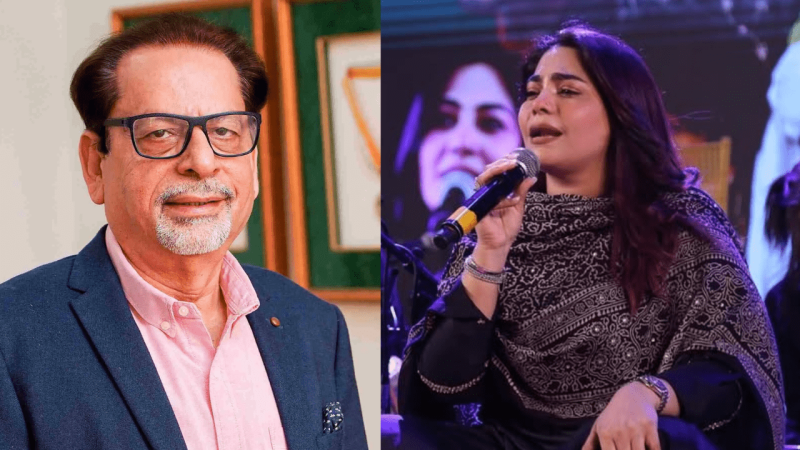

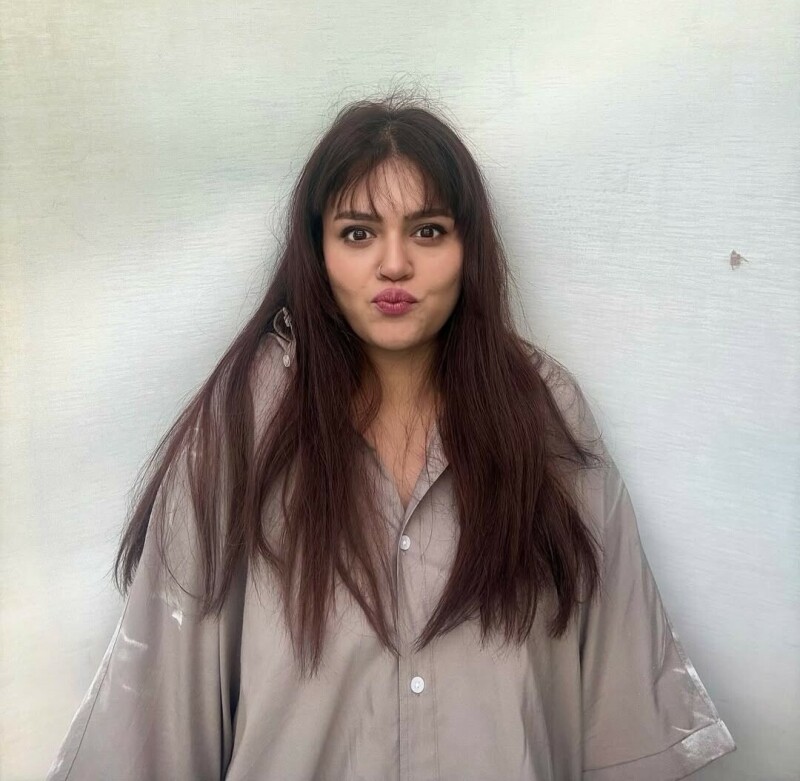
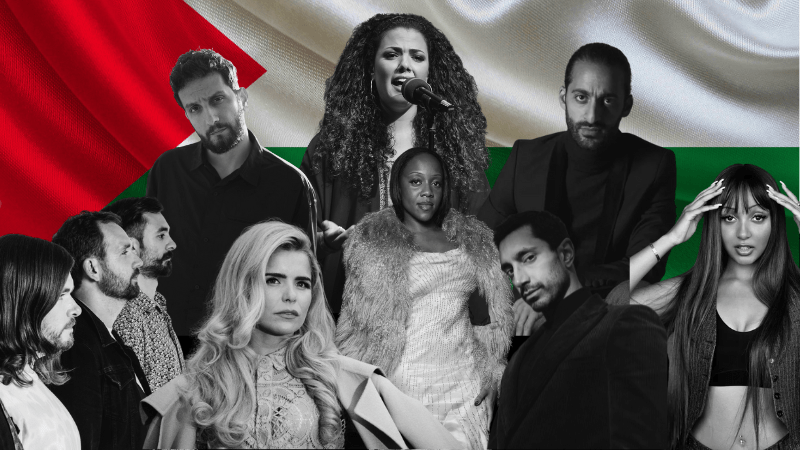
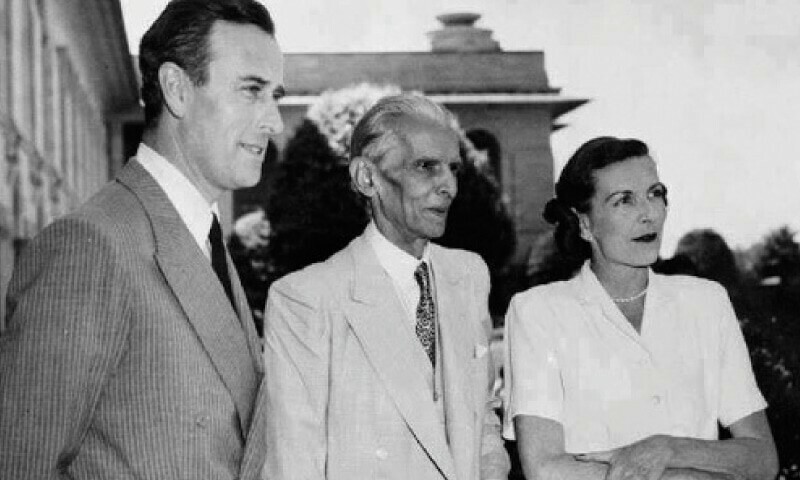
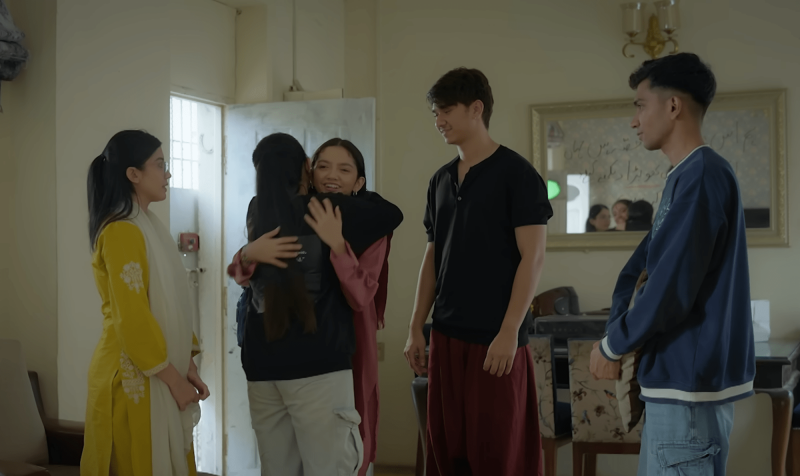

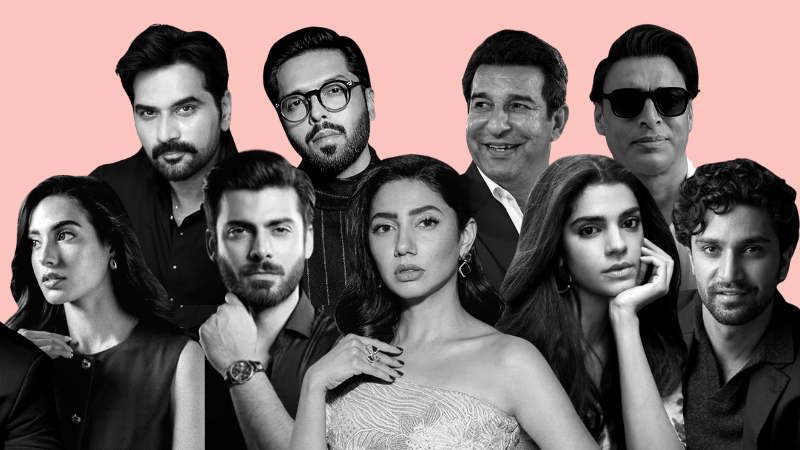
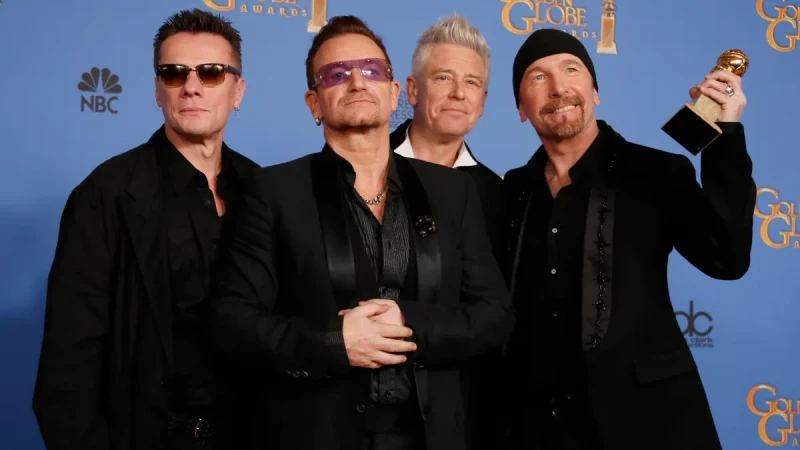
Comments